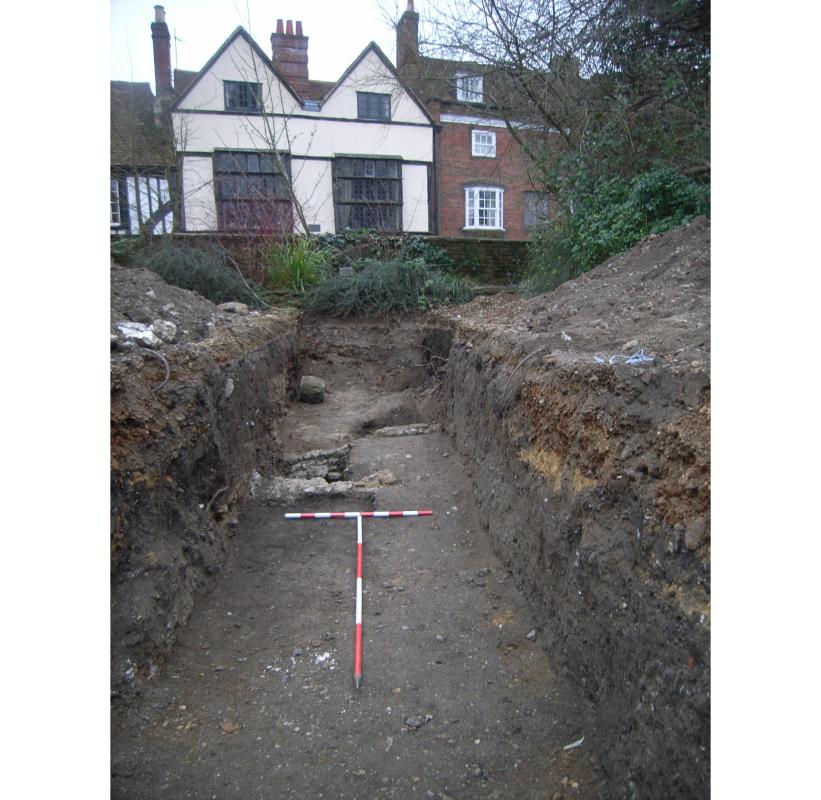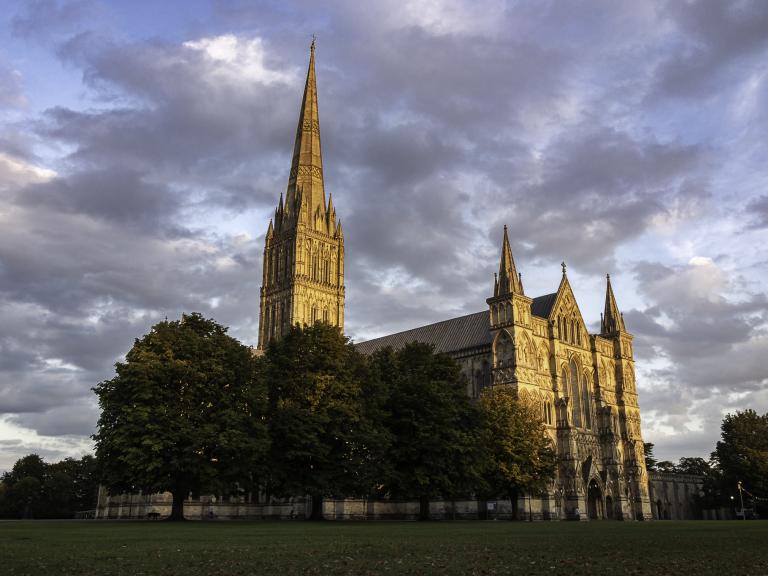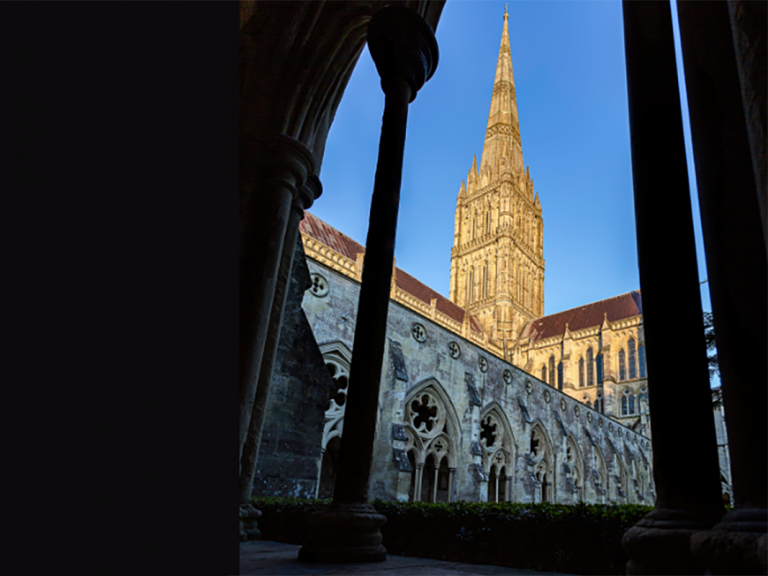So far in this journey through the archaeology of Salisbury we have been concerned with examining sites which relate to the medieval city. We now ‘hop over the fence’ from last week’s site in Love Lane to travel back further in time and encounter communities who occupied the area before the city was founded.
An archaeological evaluation with a small subsequent excavation and watching brief on land at the rear of Emmaus and Damascus House, south of Barnard Street, Salisbury bring these groups into focus. The explorations, in 2010, were located in the central part of the ‘back-lands’ in Pound Chequer, a relatively small chequer in the extreme south-east corner of the city.

The evaluation trench, which was located in the extreme SE corner of the chequer, confirmed well developed deposits of garden soil, typical of the ‘back-lands’, which sealed two late medieval/early post-medieval refuse pits at the northern end of the trench. Two probable post medieval wall footings were noted at the south end of the trench, fronting onto St. Ann Street.
With the potential for further discoveries established, a subsequent excavation and watching brief recorded six additional medieval and post medieval refuse/cess pits dating from the 13th-14th century through to the 18th century.
These discoveries all added to the archaeological knowledge in that part of the city; however, the most significant objects were of Saxon and Saxo-Norman date. These periods, filling the time between the departure of the Romans until soon after the Norman conquest, are poorly represented in Salisbury. Before this discovery only two pieces of Saxon pottery had been found at the site on New Street, which we visited several weeks ago, and one further piece was found during work at Culver Street, approximately 150 m north of Damascus House. The new finds comprised a fragment of an early/middle Saxon loom weight, which was found in a pit during the evaluation. This doughnut-shaped object, made of fired clay, was used to maintain tension on the threads of a weaving loom. Two pits in the excavation each produced a sherd of Saxo-Norman pottery, dating from the 10th-12th century. These objects were all made before the foundation of the city but were found in features of later date indicating that had been lying around before they were inadvertently included with later refuse. This is a cautionary note that artefacts do not necessarily provide a date for the feature in which they are found, a calculation that must be made using the youngest object in any finds tray. Nevertheless, this ‘concentration’ of objects helped confirm the location of early/middle Saxon activity in Salisbury, centred on St Martins Church, immediately to the east, of the site. The existence of this settlement was known from documentary sources but with nothing learned from excavations.
Archaeological evidence of Saxon settlement is often hard to find. This probably stems from the fact that many villages which were founded by the Saxons are still occupied today. We know very little about the size and extent of Saxon settlements that were dotted across the locality. Apart from the major concentration at Wilton, the rural population probably occupied villages and individual farmsteads, including families living on the estate that was destined to become the site for Salisbury. This land was owned by the bishop who was able to locate the new city as he pleased, irrespective of the impact on the local community. Undoubtedly, the new city would have affected those living in the area around St. Martin’s church, in the southeast corner of the medieval city. Other Saxon communities can be located from archaeological discoveries in the area, mostly cemeteries, with examples at Bourne Hill, Petersfinger and Harnham. Objects buried with the dead show that people lived in the area from soon after the departure of the Romans. Traces of where people actually lived is far more elusive, but the cemeteries at Petersfinger and Harnham have also produced traces of Saxon settlement, which suggests that occupation was probably located along gravel terraces fringing the floodplain. Documentary records also note settlement at Fisherton. The arrival of construction workers to build the new cathedral and city must have created something of a stir to those small communities who had lived a methodical agricultural routine for centuries.
The site prior to excavation in 2010 (left), and in 2020 (right)

